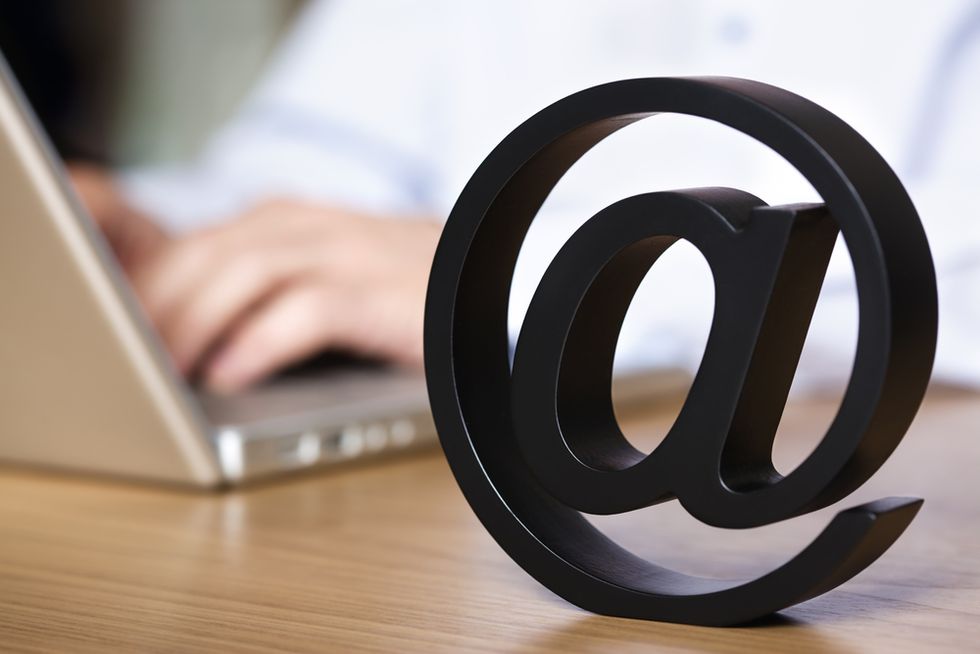
Have you heard that, in this information-saturated world, our attention spans are shrinking? It's true. We're busy, and we've gotten used to getting our information in pithy sound bites or short, attention-getting headlines and articles. Well, this trend isn't limited to how we consume the news or social media status updates. It's affecting the way we do business, and that includes the way employers are making hiring decisions that impact you!
Gone are the days when we could wax poetic in paragraph after paragraph in our job seeking correspondence. Nowadays, learning to write shorter, tighter cover letters can mean the difference between getting an interview — or ending up in the reject pile. Using e-notes, or electronic cover letters, can give you an even bigger leg up, especially when applying via job board, e-mail, or company website.
One of the advantages to writing an e-note, versus a traditional cover letter, is that it forces you to be very clear and confident about why you should be considered. There's no room for the sort of rambling that may cause the hiring manager's eyes to glaze over or their finger to hover over their Facebook tab!
Last year, I attended a training from Career Thought Leaders Consortium on e-notes and modern cover letters that had some great tips. We learned that, compared to a standard cover letter, e-notes have shorter 2-3 line paragraphs and a bulleted presentation style.
Other features—with examples—of an effective e-cover letter are:
1. Targeted subject line.
Include the job title and a branding statement here.Subject: Business and Financial IT Director: Initiative-driven Growth and Process Improvement
2. Opening statement.
In the first one or two sentences, concisely spell out the obvious reason why you are writing. (Don't make a hiring manager guess which position you're applying for if it is a listed position, or which one you're interested in if it is an exploratory letter.) Start the letter off strong by giving a solid example or metric that illustrates how your past accomplishments will be an asset to the employer in the future. Remember, you only have a few seconds to capture the hiring manager's attention!“Under my leadership, our operations department processed a 250% increase in claims volume last quarter – without an hour of overtime – through process improvements, greater team collaboration, and technology implementation. It's with this track record of creating streamlined operations and amplified profitability that I would like to be considered for your V.P. of Operations position."A word about name-dropping. It's OK to respectfully mention the person who is referring you to apply. People hire people they know and like. Having an internal contact that can vouch for your professionalism increases your chance of an interview.
3. Bulleted body.
Here you can substantiate your brand statement and garner interest by mentioning specific areas and accomplishments that correspond to the company's needs.Proof of my impact on operational efficiency and corporate bottom line:
- PROCESS IMPROVEMENTS – Slashed time to release new policies in half during first 6 months as V.P. of Operations.
- TEAM ENGAGEMENT – Boosted attendance of operations center staff by 75% within first 6 months with recognition and collaborative programs.
- TECHNOLOGY IMPLEMENTATION – Improved production 40% in billing department through modernization of technology and transitioning to paperless environment.
4. Conclusion.
Don't be shy here! This is the place to inform the reader, politely, that your cover letter and resume are not going to be the final communications from you.“I welcome confidential discussions of how I may add additional value to MetLife. I will contact your executive assistant early next week to schedule a meeting. In the meantime, please see my enclosed résumé."

 Bigstock
Bigstock Bigstock
Bigstock Bigstock
Bigstock


